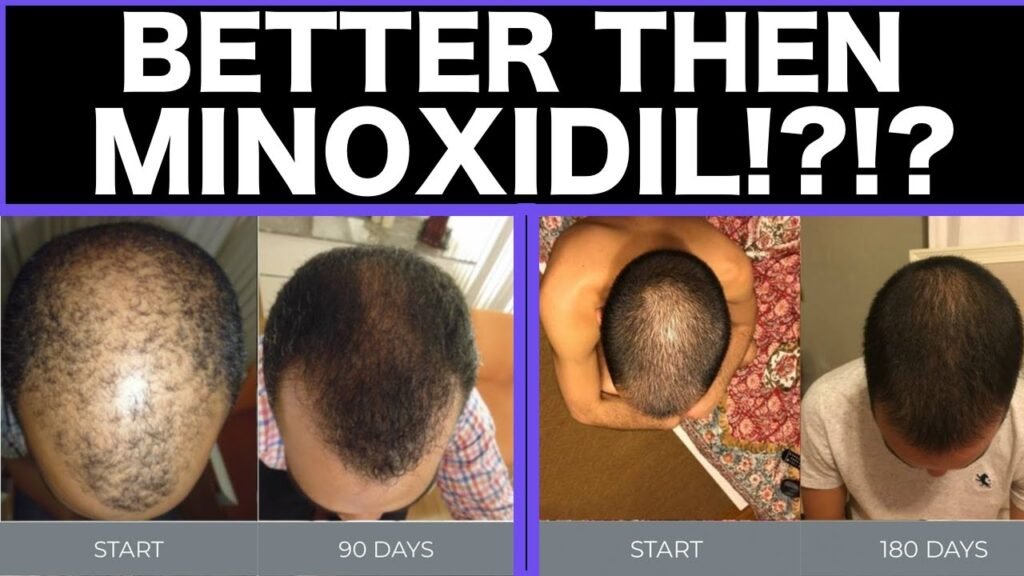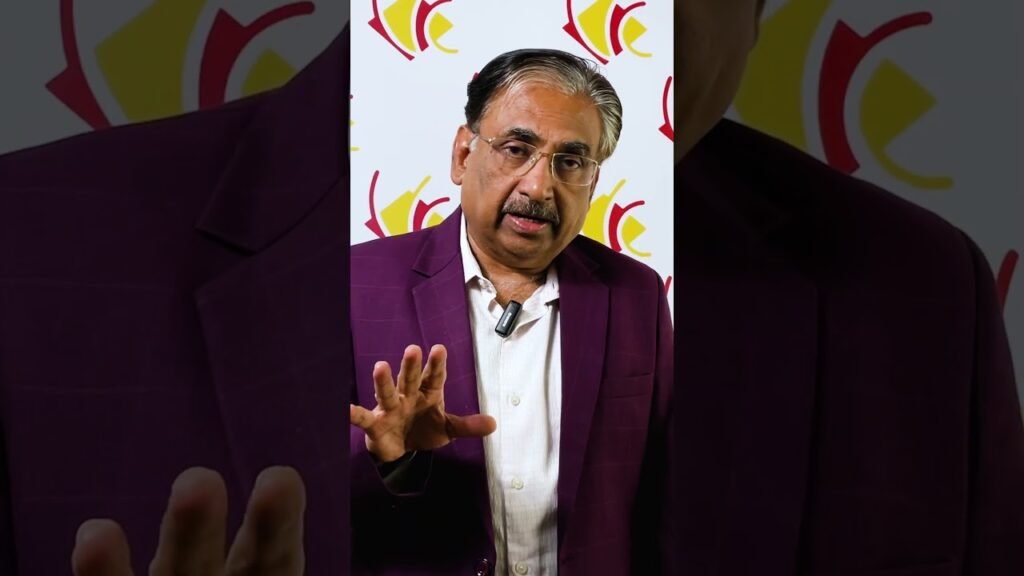Complete comparison of Minoxidil vs finasteride
When it comes to treating hair loss, both Minoxidil and Finasteride are popular options, each with unique characteristics and mechanisms of action. Minoxidil, an over-the-counter topical treatment, primarily works by stimulating hair follicles and increasing blood flow to the scalp, which can promote hair growth and slow down hair loss. It is typically available in 2% and 5% concentrations and is applied directly to the scalp. On the other hand, Finasteride is an oral medication that requires a prescription. It functions by inhibiting the conversion of testosterone to dihydrotestosterone (DHT), a hormone linked to hair loss. By reducing DHT levels, Finasteride can effectively prevent further hair loss and, in some cases, promote regrowth.
Effectiveness and Usage
The effectiveness of Minoxidil and Finasteride can vary based on individual responses and the stage of hair loss. Minoxidil is generally more effective for individuals experiencing the early stages of hair thinning, particularly on the crown of the scalp. Users typically notice visible improvements after consistent use for about 4 to 6 months. Finasteride, meanwhile, is often recommended for men with more advanced hair loss and has been shown to significantly reduce the progression of male pattern baldness. It may take several months to see noticeable results, but many users report a decrease in hair loss and some regrowth after consistent use.
Side Effects and Considerations
Both treatments come with potential side effects that users should consider. Minoxidil may cause scalp irritation, itching, or dryness, and in rare cases, unwanted facial hair growth. It is generally considered safe for both men and women, although the 5% solution is typically recommended only for men. Finasteride can lead to more systemic side effects, including sexual dysfunction, decreased libido, and, in rare cases, breast tenderness or enlargement. It is important to note that Finasteride is primarily prescribed for men and is not recommended for use by women, especially during pregnancy, due to potential risks to a male fetus.


